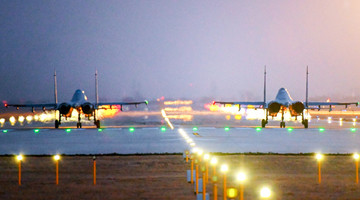Located in the middle reaches of the Yangtze River, Central China's Hunan province connects the country's eastern coastal provinces with its western inland.
The province has a total area of 211,800 square kilometers, with most of it lying to the south of Dongting Lake, the second-largest freshwater lake in China. The origin of Hunan's name stems from "hu" meaning lake in Chinese and "nan" meaning south.
A revolutionary epicenter in contemporary China, Hunan is home to the first-generation of political and military leaders of the People's Republic of China, including Mao Zedong, Liu Shaoqi, Ren Bishi and Peng Dehuai, who made great contributions to the people's liberation and the nation's independence. Thus Hunan features a lot of tourism around these aspects, known as "red tourism".
Since China's reform and opening-up policy was implemented in the 1970s, Hunan has made great progress economically, which has led to steady growth in recent years.
In 2018, the GDP of Hunan province was 3.64 trillion yuan ($509.73 billion), an increase of 7.8 percent on the previous year.
The added value of the province's primary industry hit 308.36 billion yuan in 2018, up 3.5 percent year-on-year. The added value of its secondary industry totaled 1.45 trillion yuan, with a year-on-year growth of 7.2 percent. Its tertiary industry had an added value of 1.89 trillion yuan in 2018, up 9.2 percent from the previous year.
The per capita GDP of the province totaled 52,949 yuan in 2018, an increase of 7.2 percent year-on-year.
In addition, Hunan has seen a surge in its permanent urban population, which increased to 38.65 million in 2018 from 2.36 million some seven decades ago.









